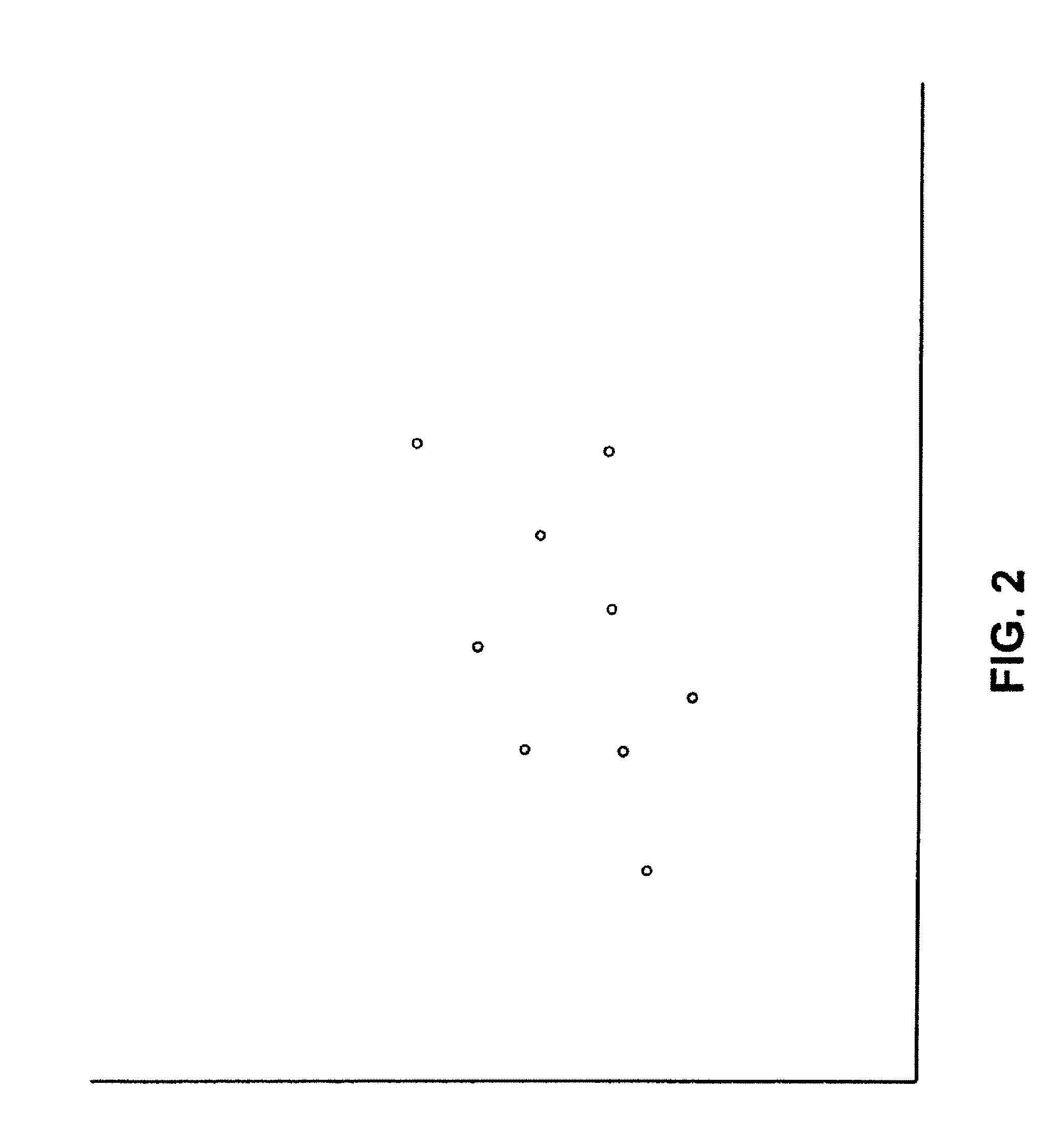Method and apparatus for characterizing and estimating the parameters of histological and physiological biometric markers for authentication
a biometric and parameter technology, applied in the field of method and apparatus for characterizing and estimating the parameters of a persons heartbeat, can solve the problems of voice recognition devices having trouble screening out background noise, hand and facial geometry recognition systems may require large scanners and/or expensive cameras, and fingerprint databases may raise significant privacy issues, etc., to achieve the effect of simplifying the measurement and authentication process, enhancing security capabilities, and improving layering techniques
- Summary
- Abstract
- Description
- Claims
- Application Information
AI Technical Summary
Benefits of technology
Problems solved by technology
Method used
Image
Examples
Embodiment Construction
[0046]It will be readily understood that the components of the present invention, as generally described and illustrated in the figures herein, could be arranged and designed in a wide variety of different configurations. Thus, the following more detailed description of the embodiments of the system and method of the present invention, and represented in FIGS. 1 through 3, is not intended to limit the scope of the invention, as claimed, but is merely representative of the presently preferred embodiments of the invention. The presently preferred embodiments of the invention will be best understood by reference to the drawings.
[0047]The preferred embodiment of the present invention monitors the actual waveform of the heartbeat and retains certain features or attributes associated with that waveform for use in individualization and authentication. For example, the position on the upslope of the heartbeat waveform having the fastest rate of change slope can be recorded and various attri...
PUM
 Login to View More
Login to View More Abstract
Description
Claims
Application Information
 Login to View More
Login to View More - R&D
- Intellectual Property
- Life Sciences
- Materials
- Tech Scout
- Unparalleled Data Quality
- Higher Quality Content
- 60% Fewer Hallucinations
Browse by: Latest US Patents, China's latest patents, Technical Efficacy Thesaurus, Application Domain, Technology Topic, Popular Technical Reports.
© 2025 PatSnap. All rights reserved.Legal|Privacy policy|Modern Slavery Act Transparency Statement|Sitemap|About US| Contact US: help@patsnap.com



